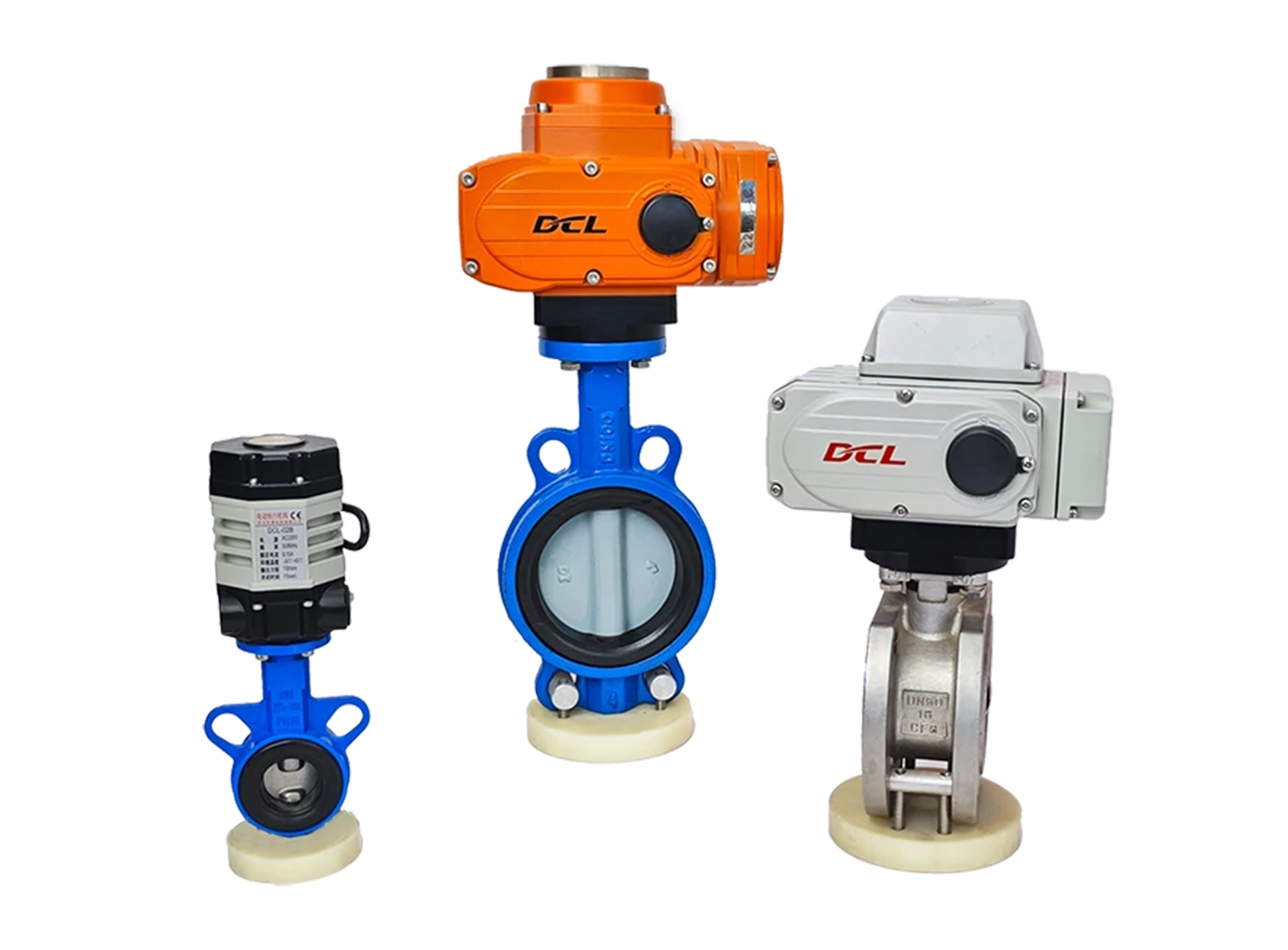5 Steps to Start Using DCL Actuator
1. Install actuator onto the valve Turn the valve in fully closed position. Install the bracket on the valve. Connect the coupling on the valve shaft. Drive the actuator to the fully closed position with manual handle. Insert the actuator output shaft into the square hole of the coupling. Tighten the connecting between these parts. […]
How to control DCL actuator through modbus by vaTestTool_DCL.exe

1.Open vaTestTool_DCL-v1.31.exe. 2.The application will popup a “Connect to” dialog to set the target device id and local computer RS232 port parameters as follow. Choose the COM port which connected to the USB-RS485 connector. Select the modbus baud rate (the default baudrate on DCL actuator now is 9600). Click on “CONNECT”button to connect to the […]
JB/T 8219—2016 Standard for Ordinary and Intelligent Electric Actuators Used in Industrial Process Control Systems
Table of Contents Preface 1 Scope 2 Normative References 3 Terms and Definitions 4 Product Classification and Basic Parameters 4.1 Product Classification 4.2 Basic Parameters 5 Basic Functions of Intelligent Actuators 5.1 Display Function 5.2 Parameter Setting Function 5.3 On-Site Configuration Function 5.4 Fault Self-Diagnosis and Alarm Function 5.5 Communication Function 5.6 Other Functions 6 […]
전동 액추에이터에 일반적으로 사용되는 버스
An increasing number of industrial control systems are deploying field buses to control more sensors and actuators. As a key actuator in fluid control processes, electric actuators are commonly used in industrial applications. The most frequently used bus systems for electric actuators include Modbus, CAN, Profibus, DeviceNet, Foundation Fieldbus, HART, and Ethernet. Common Bus Systems […]
EN15714-2 Classification of Electric Actuator Control (Duty)
Control Duty Classifications: Class A: ON-OFF Type (On/Off) Function: The actuator is required to drive the valve through its entire stroke from fully open to fully closed (and vice versa). Typical Use: Applications where valves are either fully open or fully closed. Class B: Fine-Tuning/Positioning Adjustment Type Function: The actuator occasionally moves the valve to […]
When to Choose a Process Control Actuator?
Application Background of Process Control Actuators In many process control systems, it is necessary to achieve highly accurate and consistent control of the flow rate of liquids or gases through an automated control system (PLC/DCS). Due to the high precision required, such systems often need to make continuous and precise small adjustments to control valves […]
Electromagnetic Interference Testing for Electric Actuators (EFT)
The Increasingly Harsh Electromagnetic Environment in Industrial Sites As industrial electrification and intelligence continue to advance, an increasing number of high-power electrical devices (such as kilowatt-level motors, frequency converters, and inverters) are being integrated into industrial process control systems. Consequently, the electromagnetic environment in industrial sites is becoming more complex. In such a challenging electromagnetic […]
The Development Trends of Digitalization and Networking in Electric Valves
RotorkRotork talks about digitalization of electric valves Rotork talks about the digitalization of electric valvesRotork recently discussed the importance of digitalization to valve automation and control in the European Control Engineering magazine. Industrial Internet of Things (IIoT) technology uses electronic devices such as sensors to collect and share data, and uses the computing power of […]
Common Types of Valves and Their Features
Butterfly Valve Working Principle: A butterfly valve uses a disc to control the flow of fluids or gases. The disc is mounted on a shaft, and when the handle is turned, the disc rotates 90 degrees to allow or block the flow. Features: Simple structure, compact size, low flow resistance, commonly used in large flow […]
인클로저 보호 등급(UL, CSA, NEMA)

The protection ratings for enclosures defined by UL, CSA, and NEMA are categorized as follows. While the classifications are generally similar, there are minor differences in the details, so it is advisable to refer to the specific standards for more precise information. Type Classification Definition 1 General For indoor use, providing protection for enclosed components […]

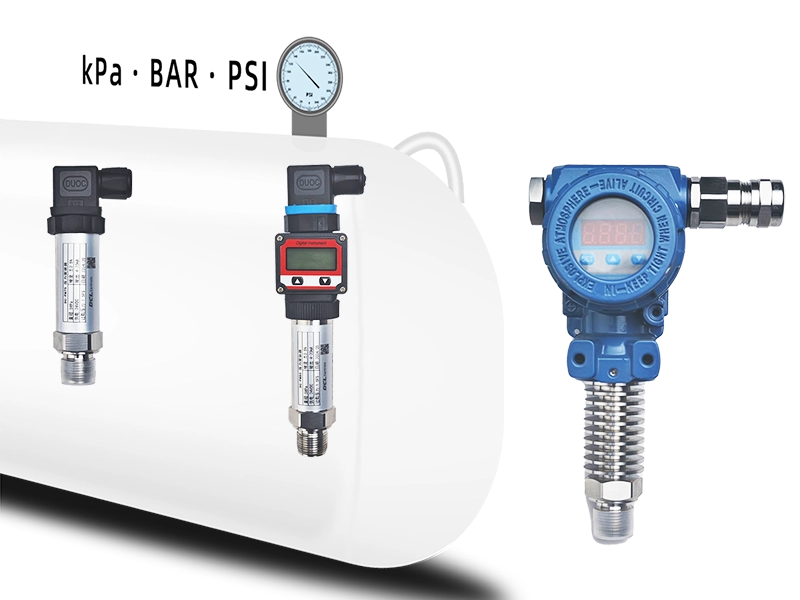
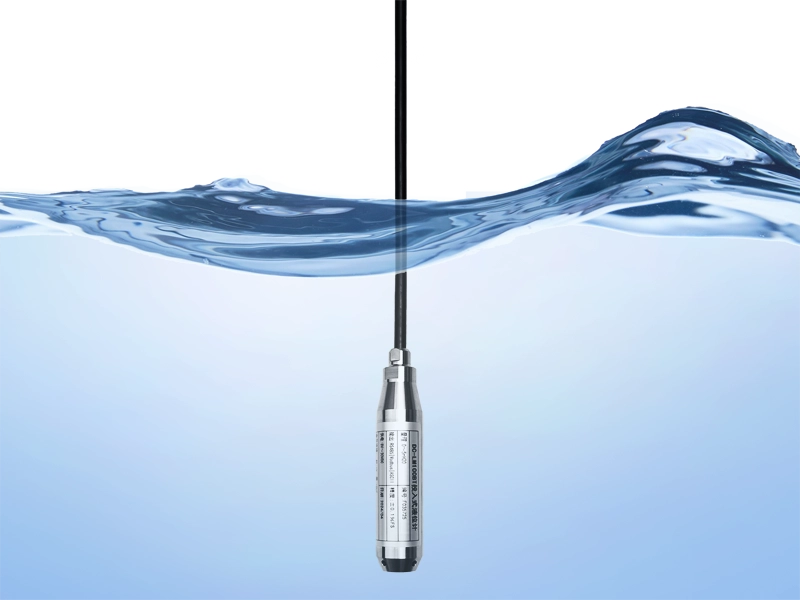





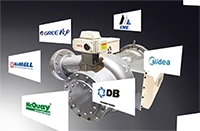


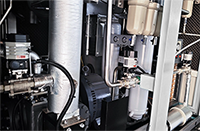

 Let’s Build Your Brand Together
Let’s Build Your Brand Together ODM
ODM In-House R&D & Manufacturing: From PCB to enclosure, all under one roof.
In-House R&D & Manufacturing: From PCB to enclosure, all under one roof. Multilingual Support: English-speaking engineers and sales staff.
Multilingual Support: English-speaking engineers and sales staff. Flexible MOQ: Support for both startups and global brands.
Flexible MOQ: Support for both startups and global brands. Fast Prototyping: Sample delivery in 7–10 days.
Fast Prototyping: Sample delivery in 7–10 days.

